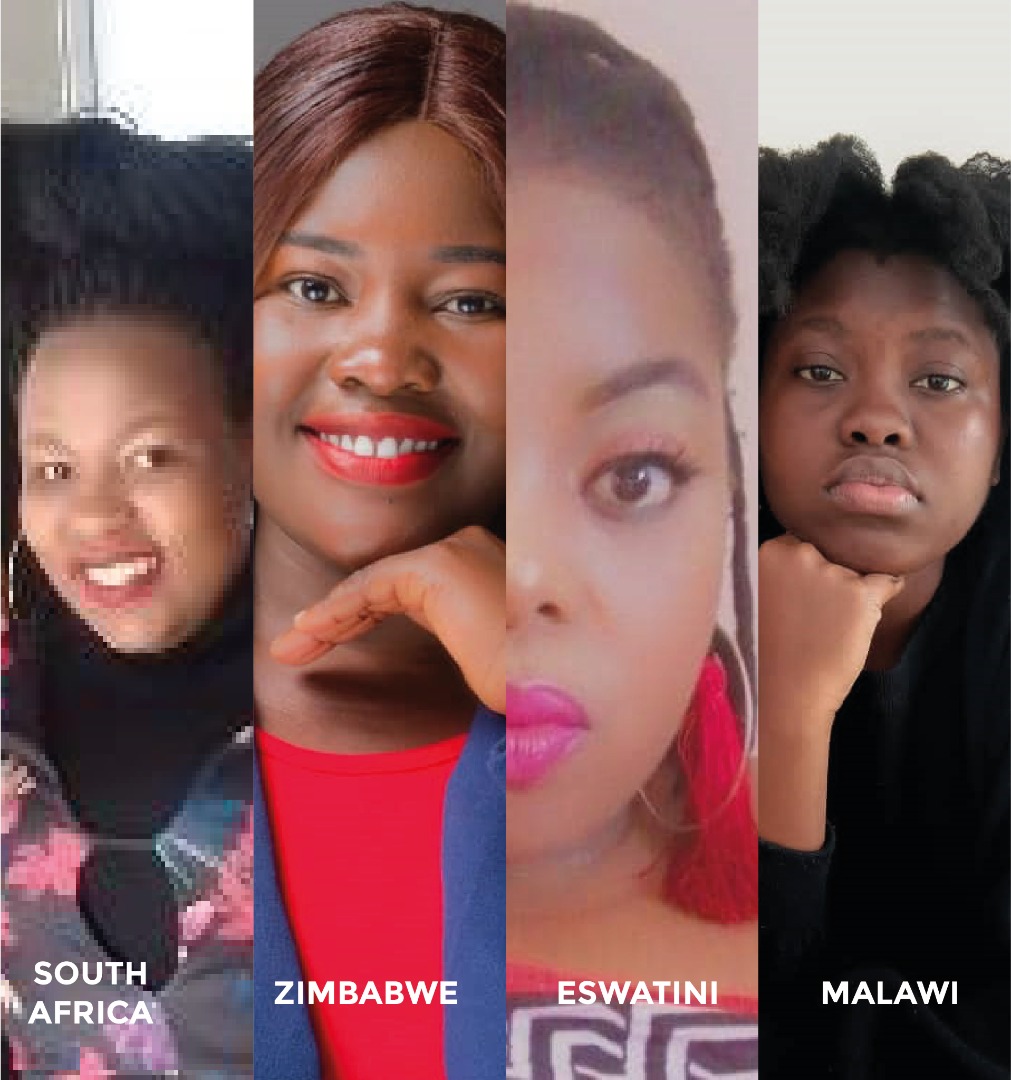|
Getting your Trinity Audio player ready…
|
Adolescent girls and young women (AGYW) from Southern Africa want stakeholders to address structural bottlenecks hindering them from attaining progress.
This emerged during the Adolescent Girls and Young Women Africa Conference that kicked off yesterday with representatives drawn from 15 countries from Southern, East, and West Africa converging virtually and physically to discuss issues affecting them and proffer appropriate solutions.
Nyaradzo Mashayamobe, the Executive Director of tag A Life who convened the meeting thanked partners like the International Development Research Centre (IDRC), the Global Fund for Women, African Women’s Development Fund (AWDF), and the Canadian Embassy in Zimbabwe who made it possible to hold the important conference that spotlights challenges faced by adolescent girls and young women on the continent.
In Malawi, farming is the major economic activity for the country. What has been of major concern is that only men are recognised as farmers whilst women and girls are identified with the domestic burden of the home.
Presenters said this obviously translates to limited access to business setup capabilities for adolescent girls and young women who resultantly cannot access loans as they do not have collateral.
The downside of that is that women are then forced to do all they can to achieve economic parity with men including venturing into prostitution.
In a country where 25% of young women are illiterate, such a scenario is a breeding ground for HIV, high maternal mortality rates, and generational poverty. Covid 19 has further increased the female burden on the issues.
According to the Malawian President’s daughter-in-law, she is a living testimony of what educating a young woman can achieve. Her promise to the conference was that “being a daughter in law of the Sitting SADC Chairperson, the concerns of the girls will quickly get to the Chairperson of SADC. I also sit in the Board of the Malawian First Lady.”
In South Africa, Dumisile Msimanga said girls and young women face a number of barriers to success. She lamented the fact that African leaders generally do not like to be held accountable. In the face of vibrant laws and policies in place in her country, implementation sadly lagged behind.
She called for deliberate policies and ultimately resourcing of education of the girl child. In order to achieve the inclusion of AGYW in education, the government has introduced bursaries and study aid platforms for young women.
Economic challenges which are closely linked to high unemployment among the youth especially among young women, need to be discussed and solutions found. In 2020, women occupied only 23 percent of ICT jobs in South Africa.
This is because female students are not encouraged to take up STEM courses at high school. Finally, she said it is not a secret that South Africa has worn the GBV hub tag for a long time. Organisations are currently creating community dialogue events to bridge the gap. Msimanga added that the government needs to involve GYW in decision-making.
In Eswatini, AGYW forms the largest part of the population. Gender inequality still ranks very high, for example, there are only two elected members of the current parliament in Eswatini.
Presenters from that country said that development was not sustainable for positive change. GBV is still a big challenge. According to available statistics, 1 in 3 AGYW experience sexual violence before the age of 18.
The majority of adolescent girls lack knowledge on protecting themselves and this results in sexual abuse and unintended pregnancies. On the issue of HIV/AIDS, 95 Percent of those who know their status have access to treatment. HIV/AIDS is more prevalent among AGYW as compared to their male counterparts. Due to COVID-19, critical HIV prevention could no longer be done. AGYW had no access to medication and contraceptives due to movement restrictions. This also resulted in high teen pregnancies.
In Zimbabwe, Nyasha Sande who presented a paper on behalf of AGYW said the largest part of the population is under 25 years of age. There is a also high rate of school dropouts.
“Education, health, public transport, and water and sanitation facilities have deteriorated. Young women and girls were not given meaningful inclusion opportunities. They are usually found at the periphery of development.
“Zimbabwe has policies, which speak to the rights of AGYW. It is also a signatory to a wide range of regional and international instruments which speak to the rights of AGYW. However, the problem lies in the implementation and enforcement of the same. The national constitution captured concerns of AGYW. There is a lack of political will to implement it. Cyclone Idai and Covid 19 no doubt further widened the economic, social and political divide between the urban child and the rural child,” Sande said.
